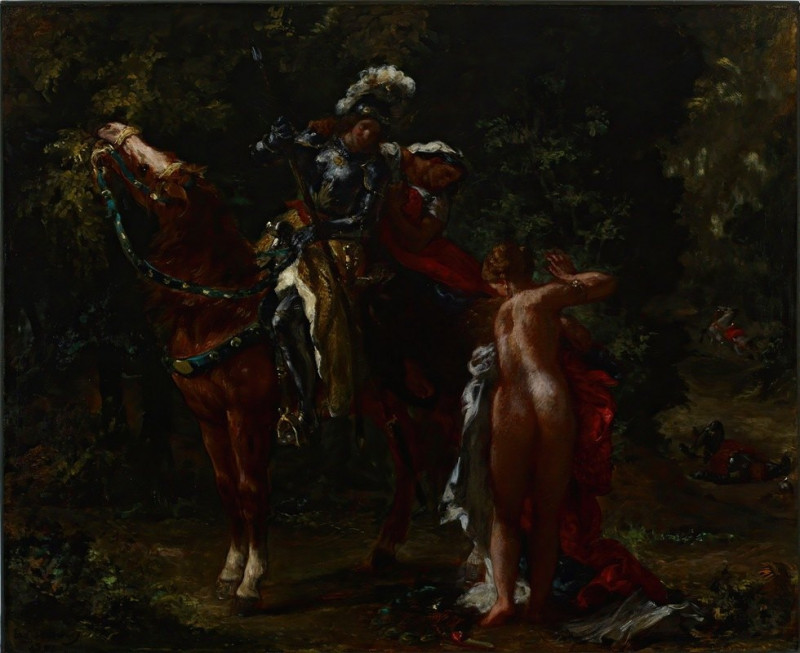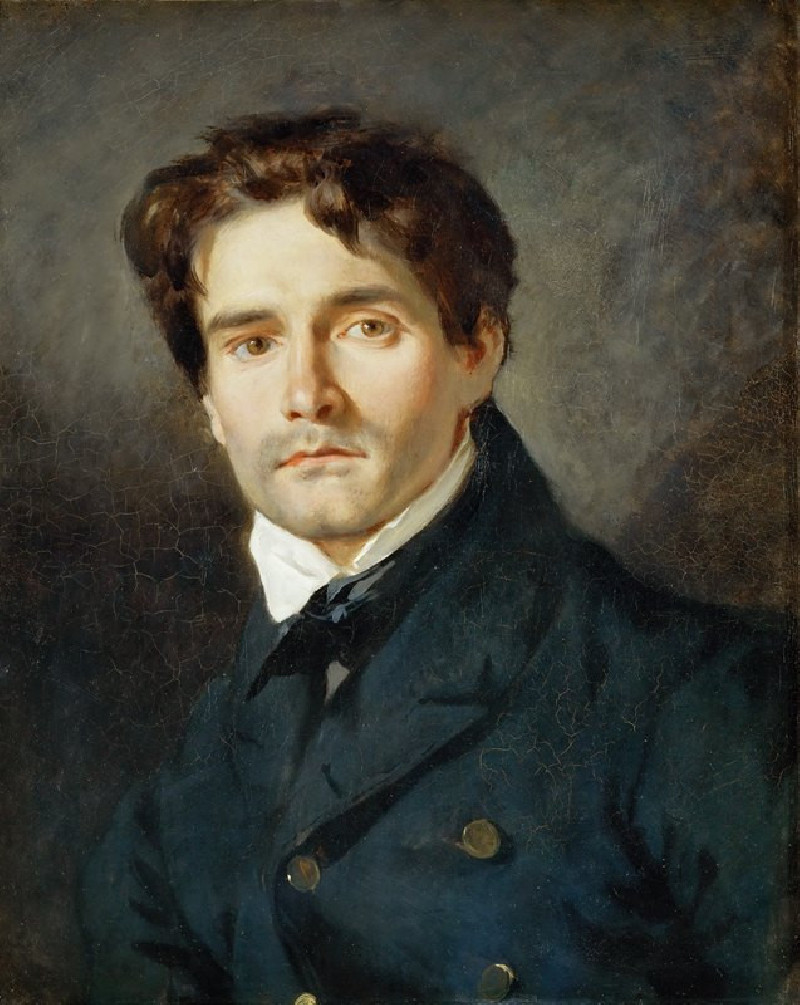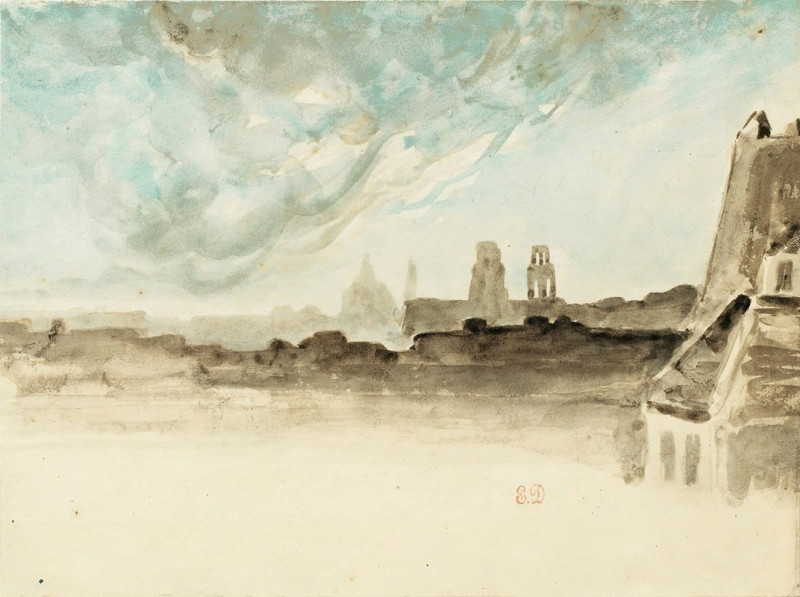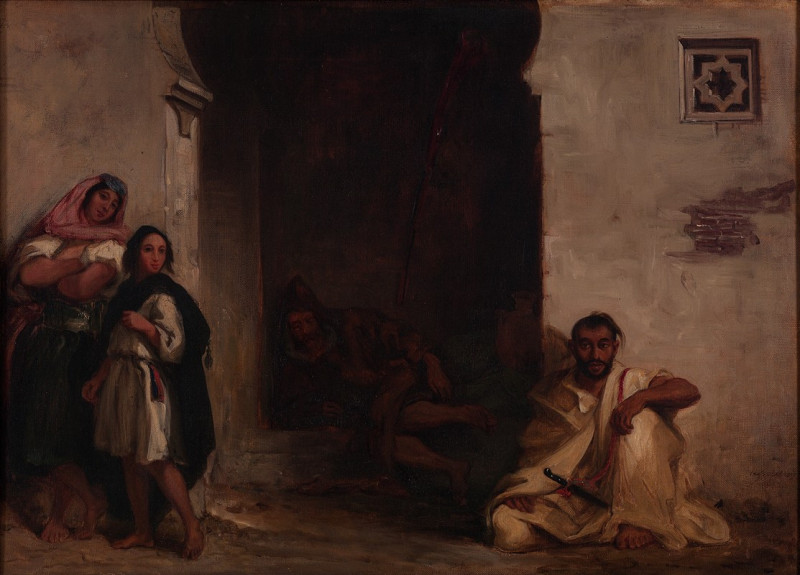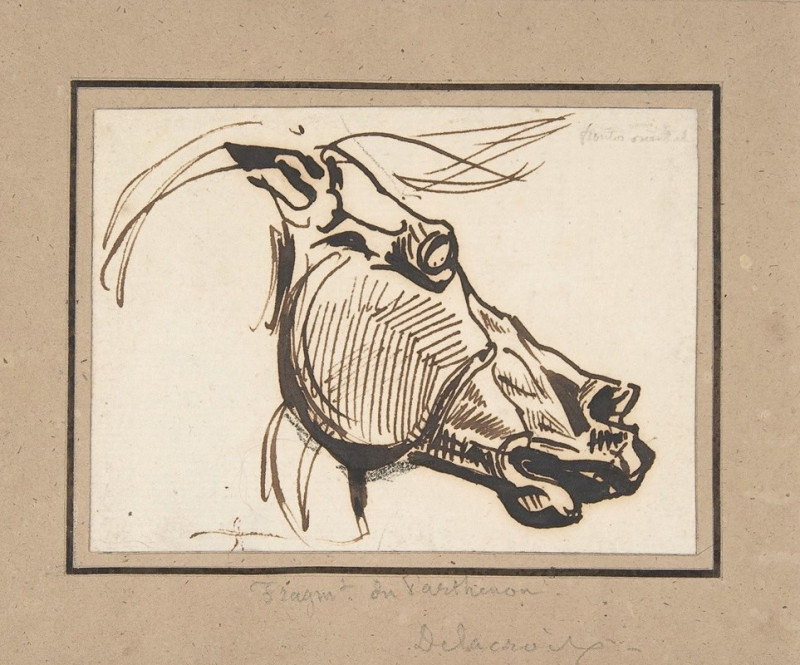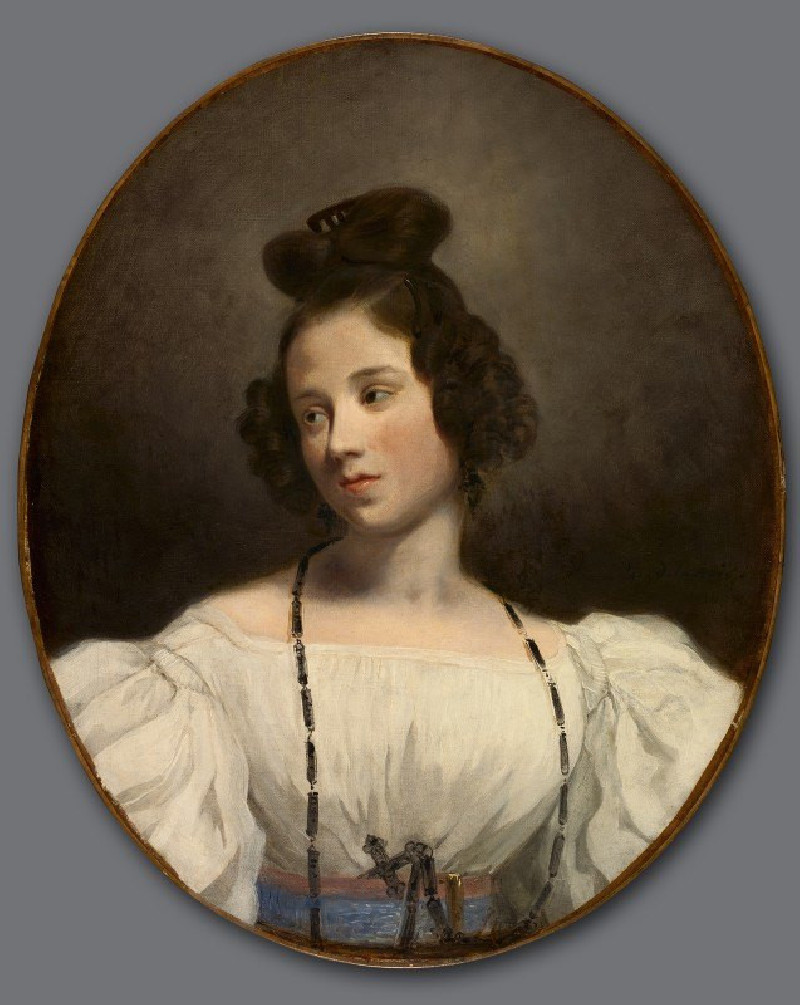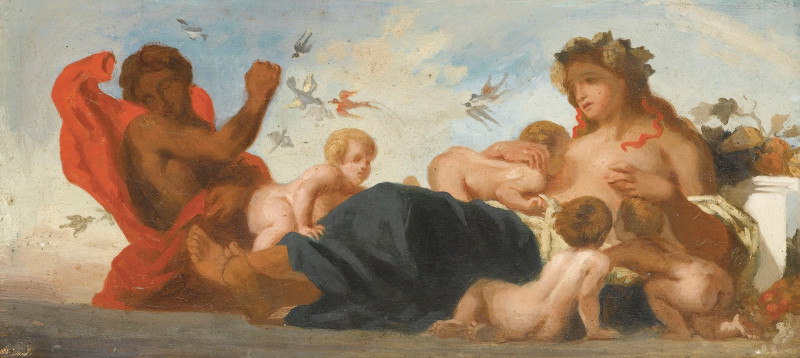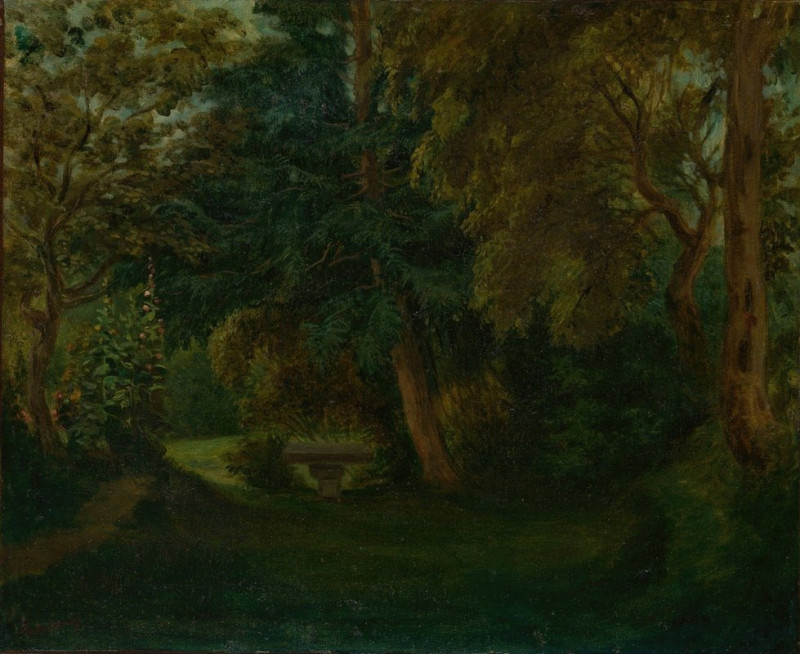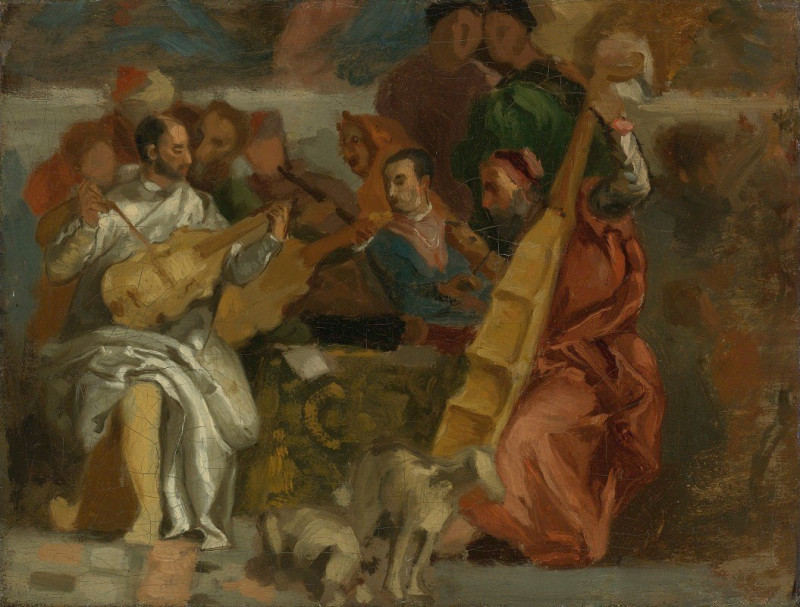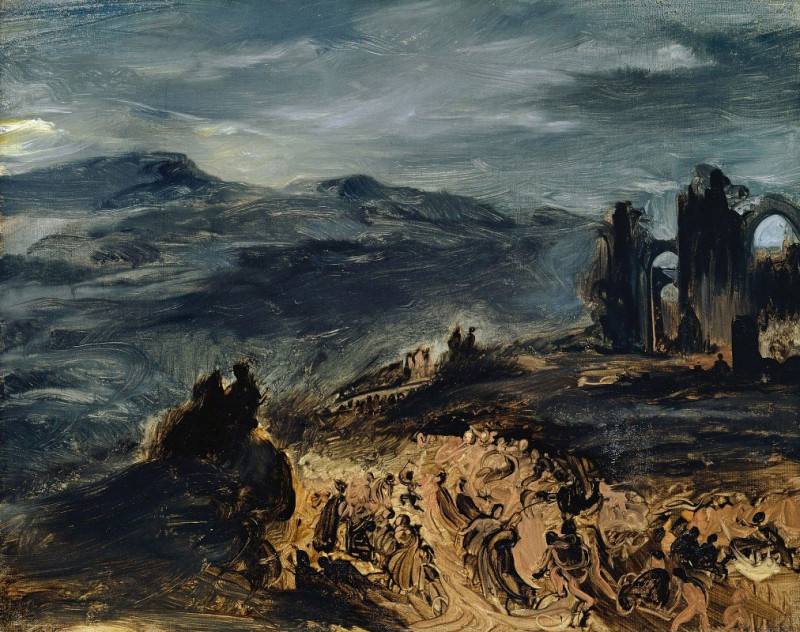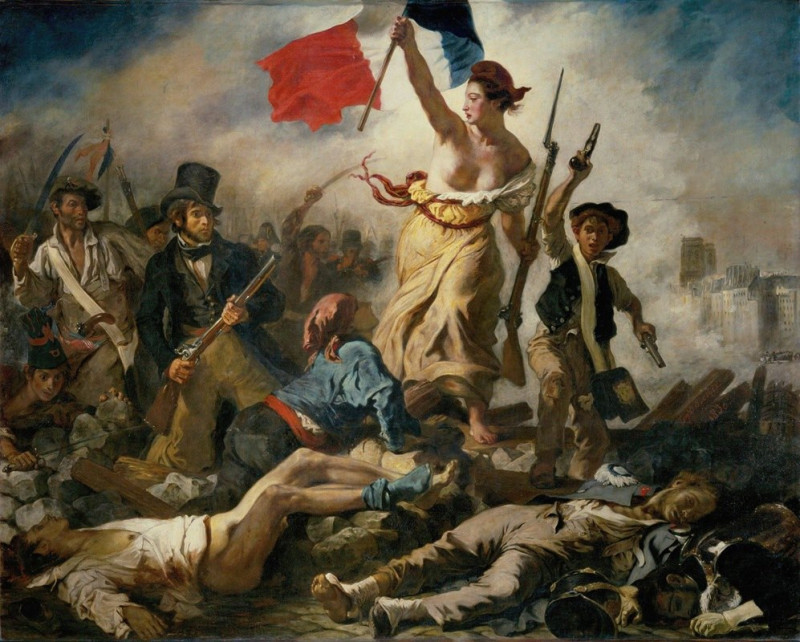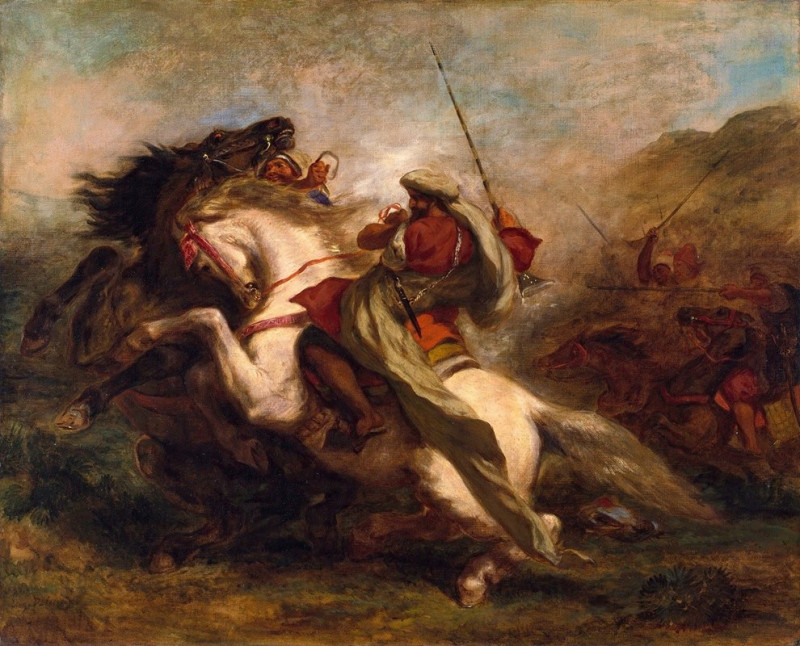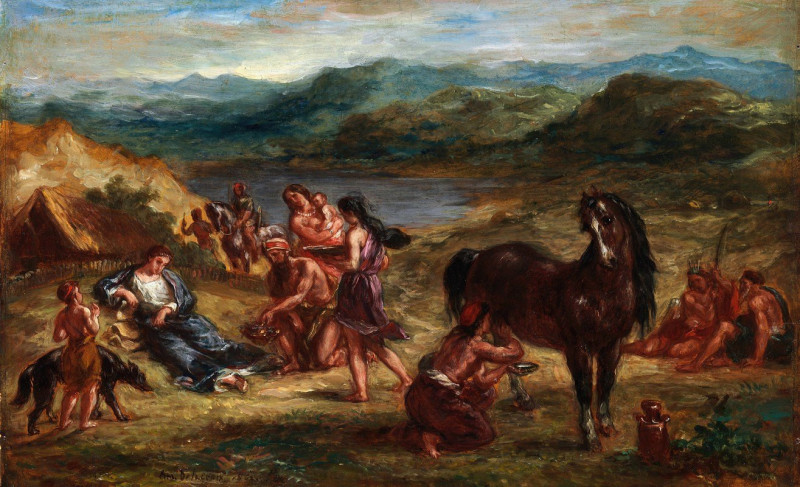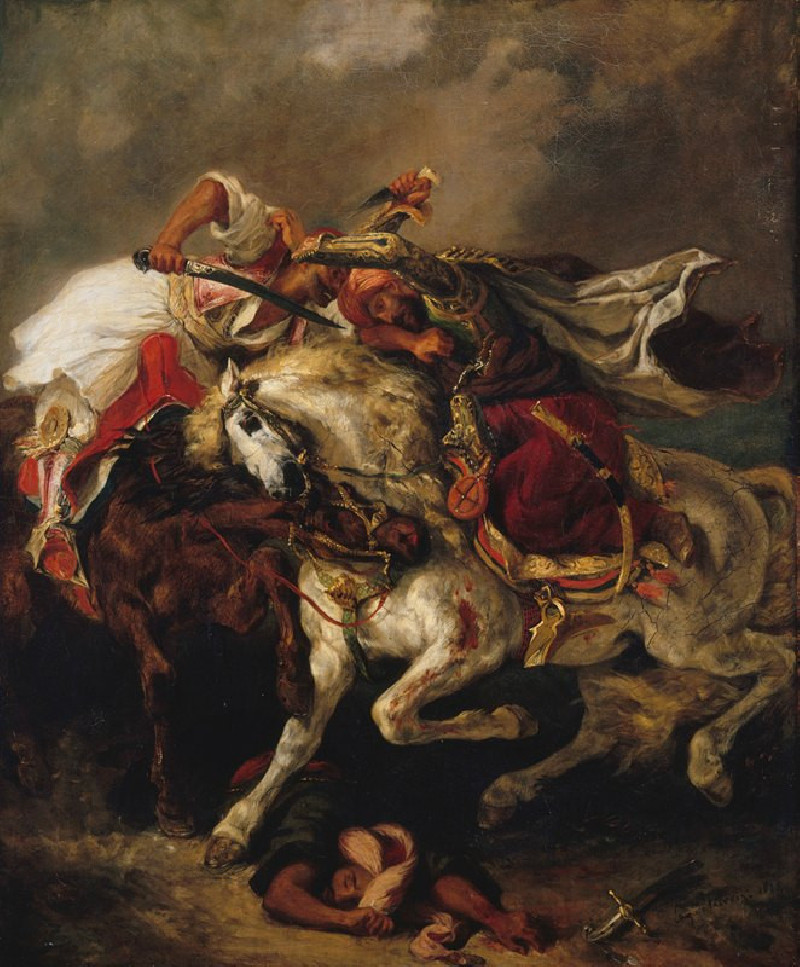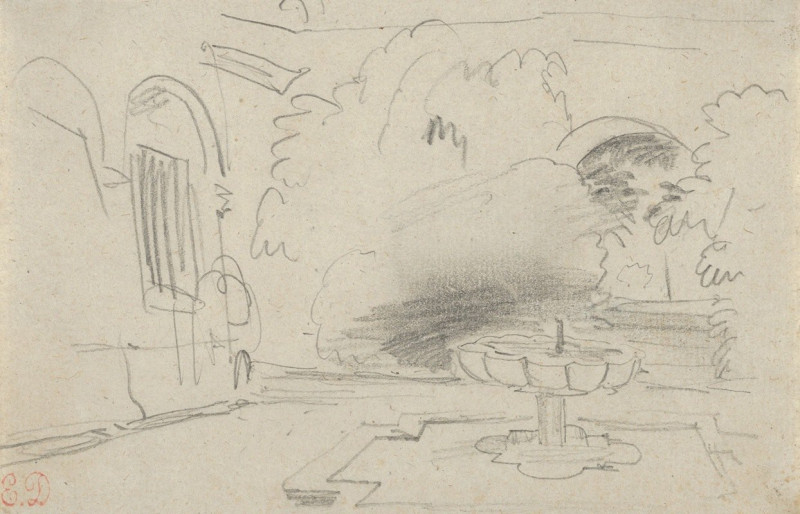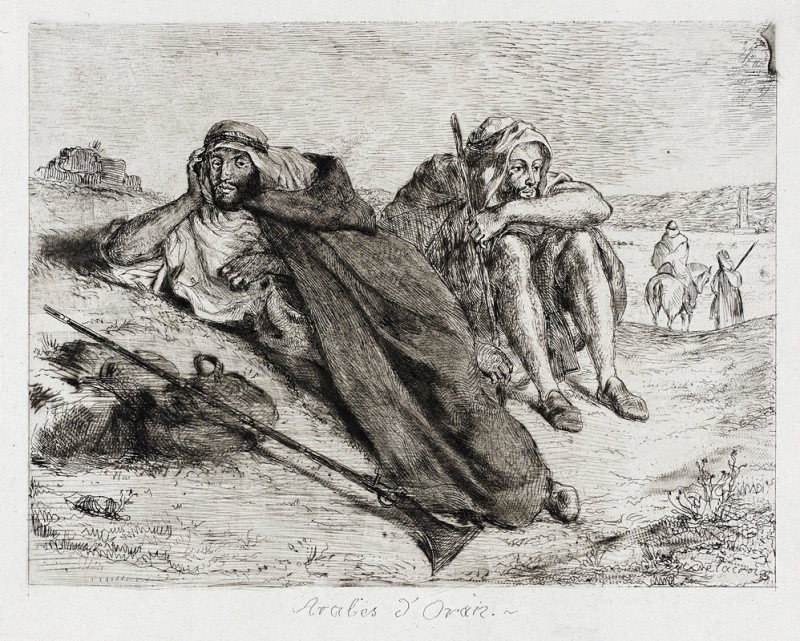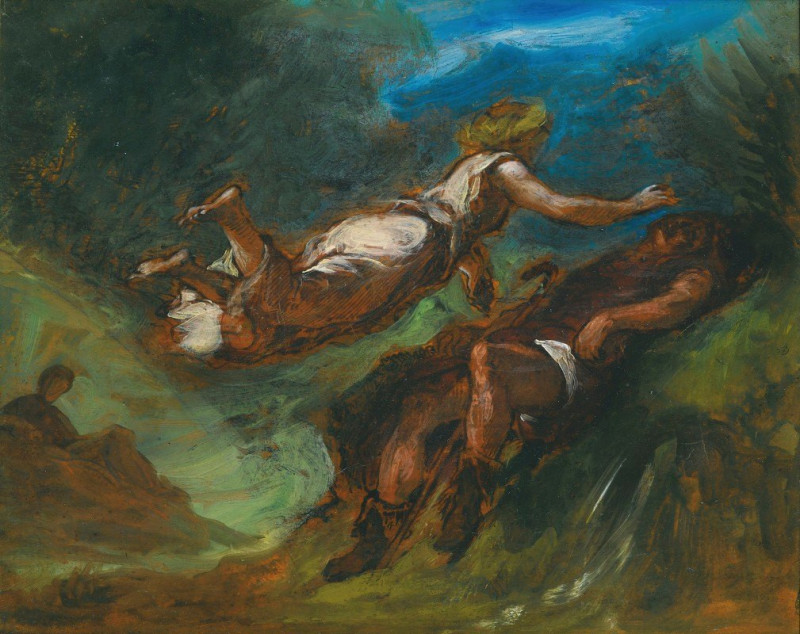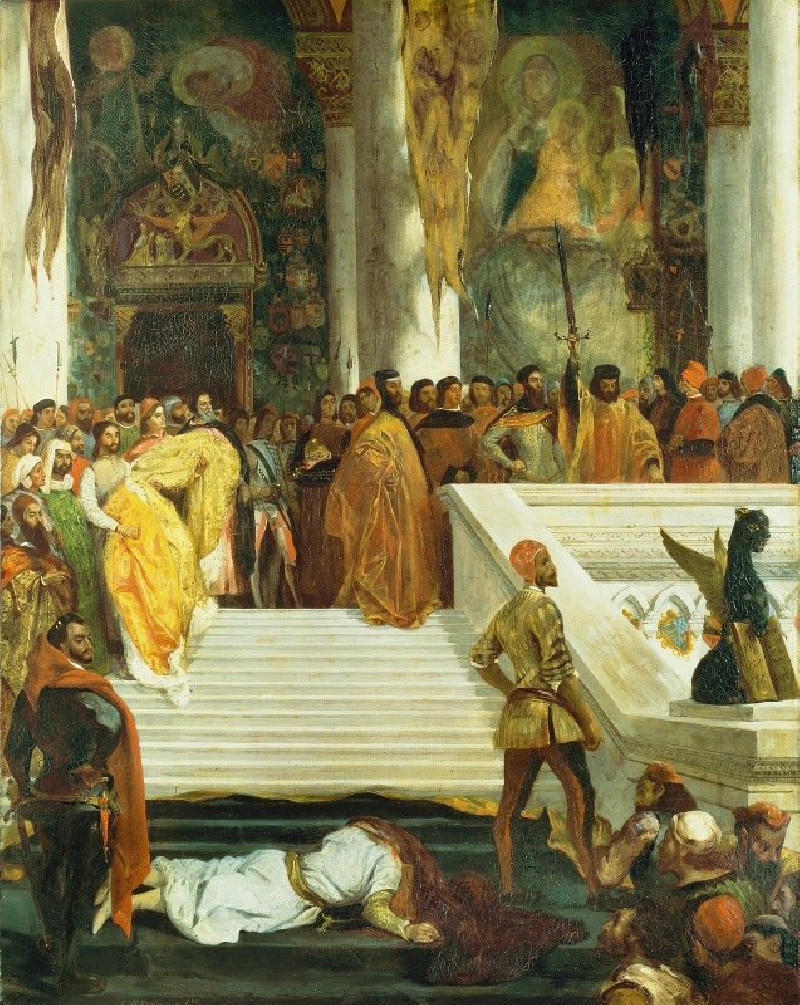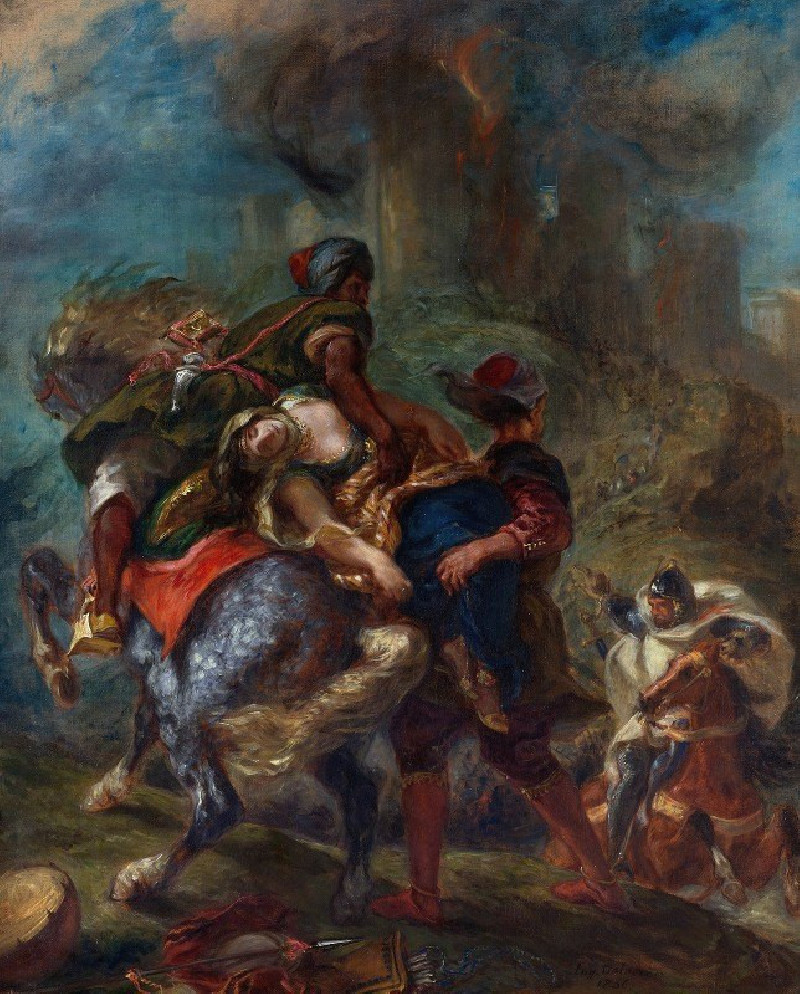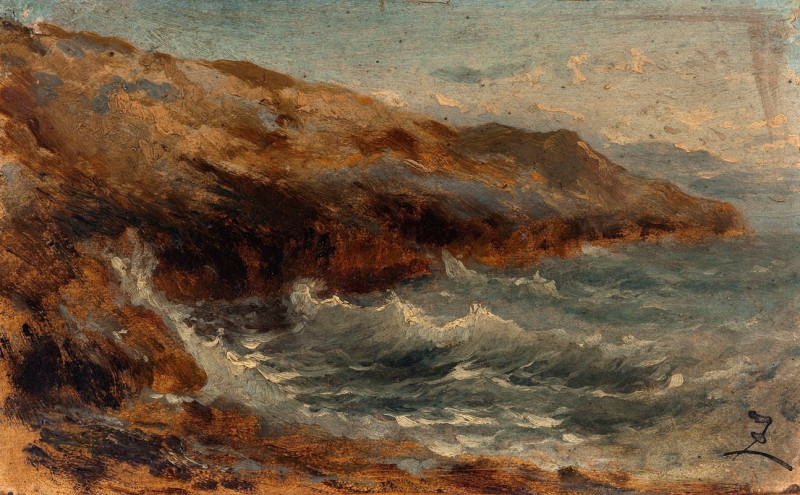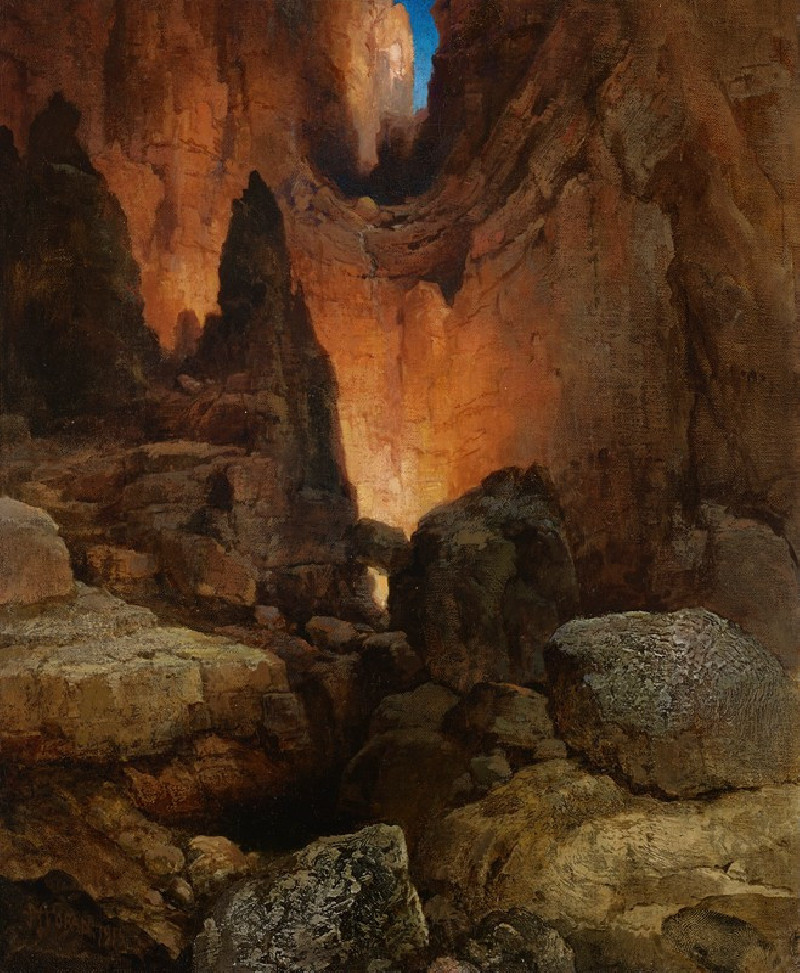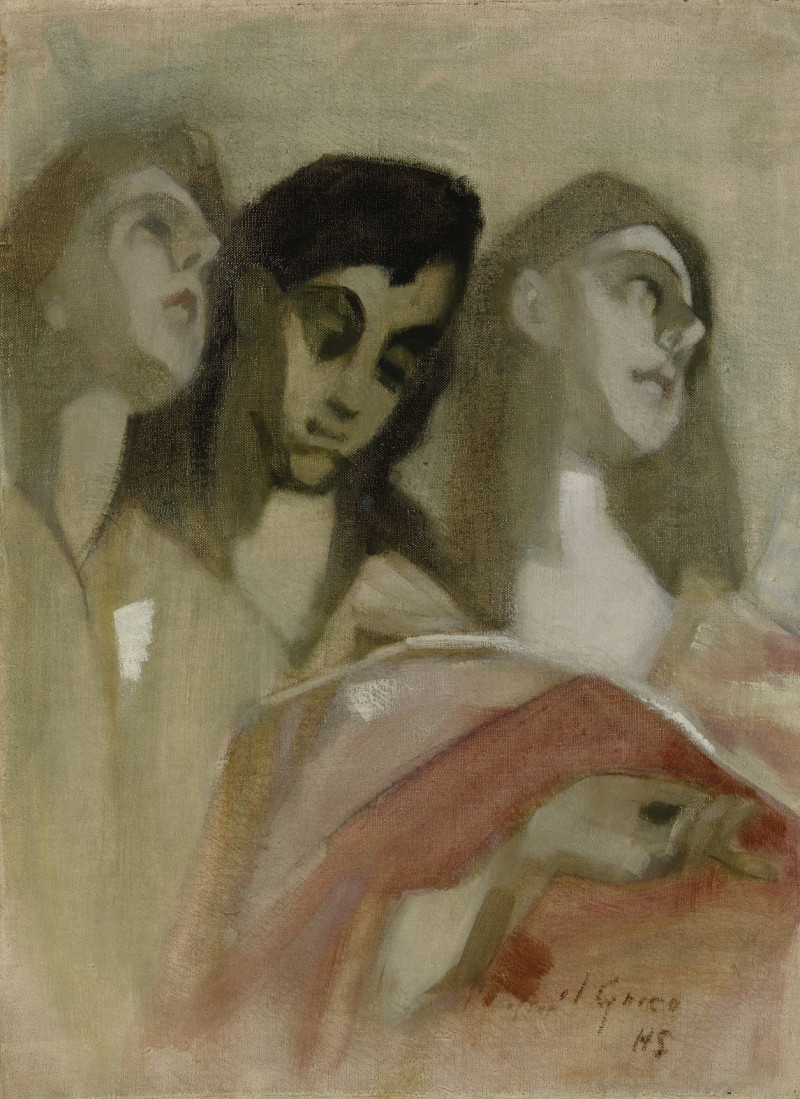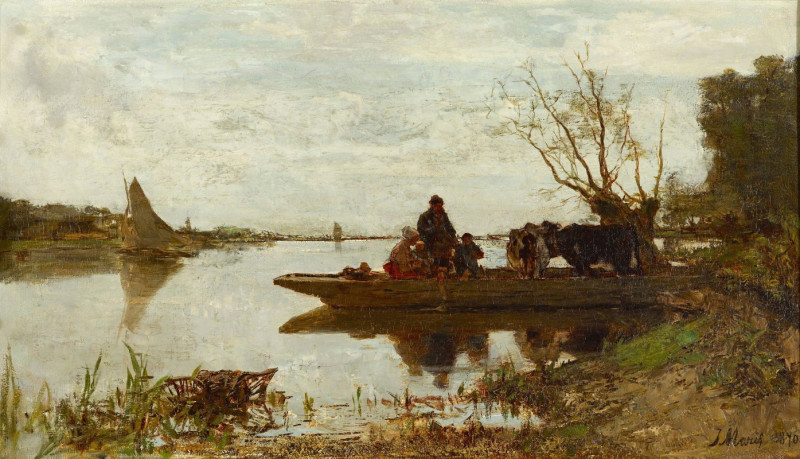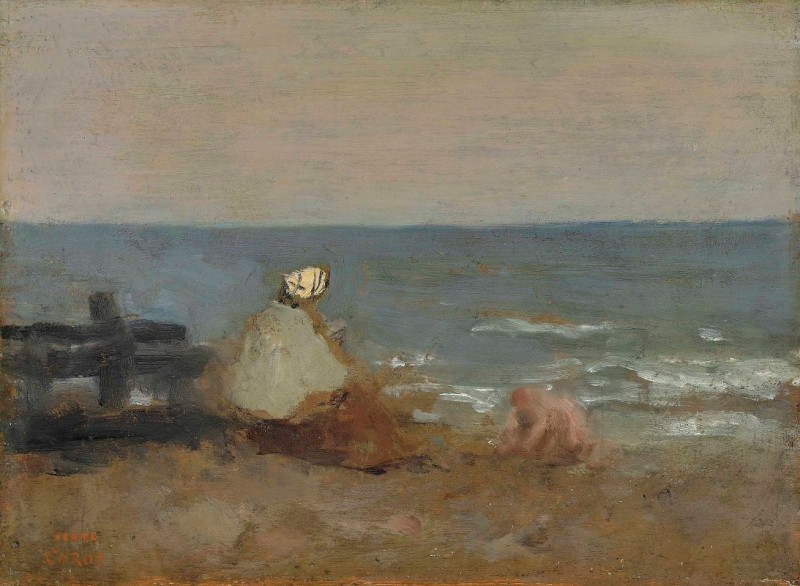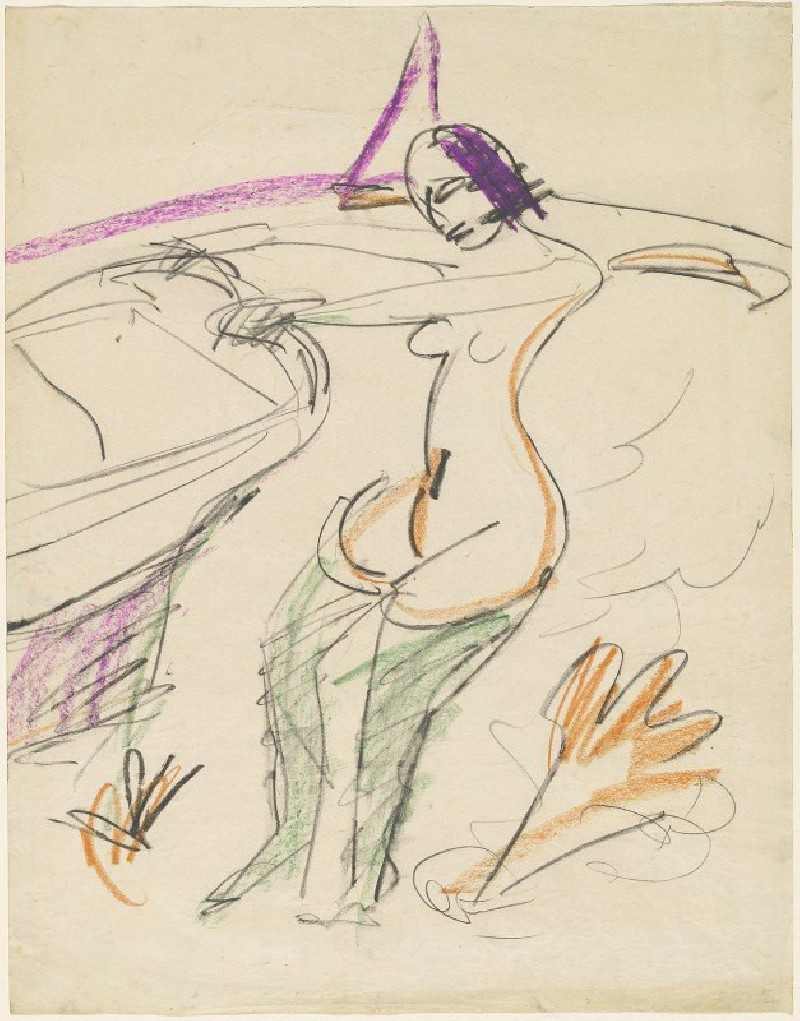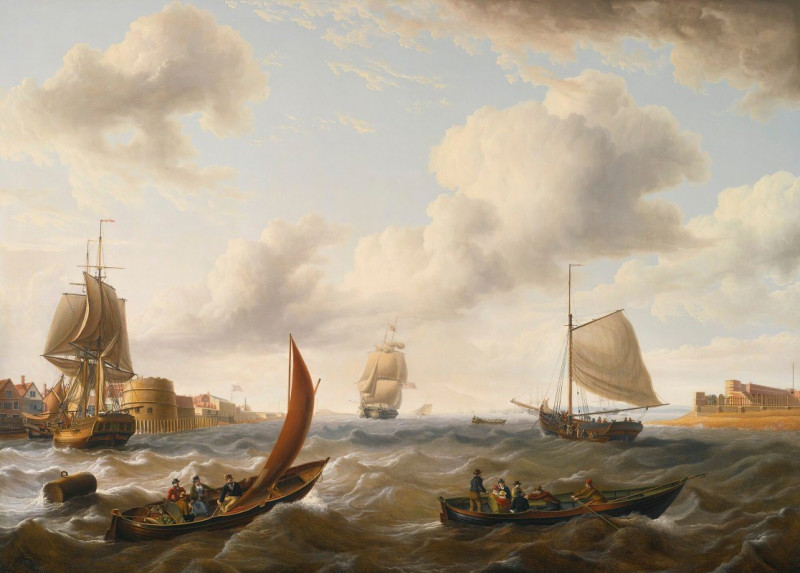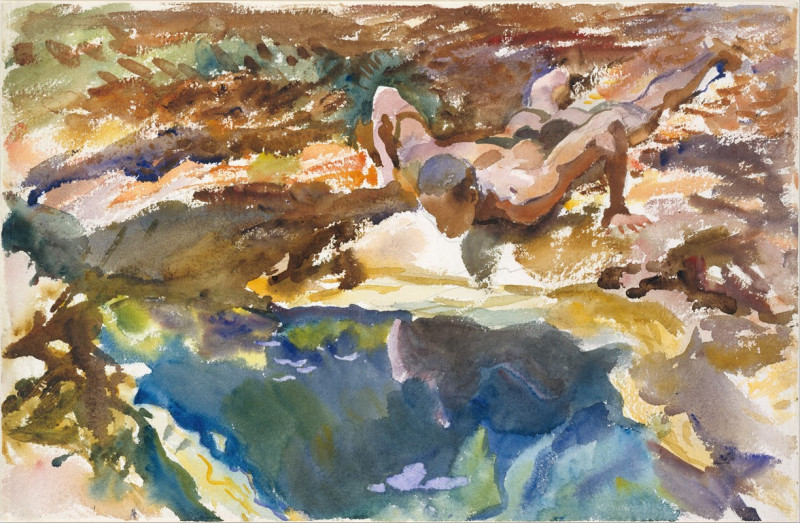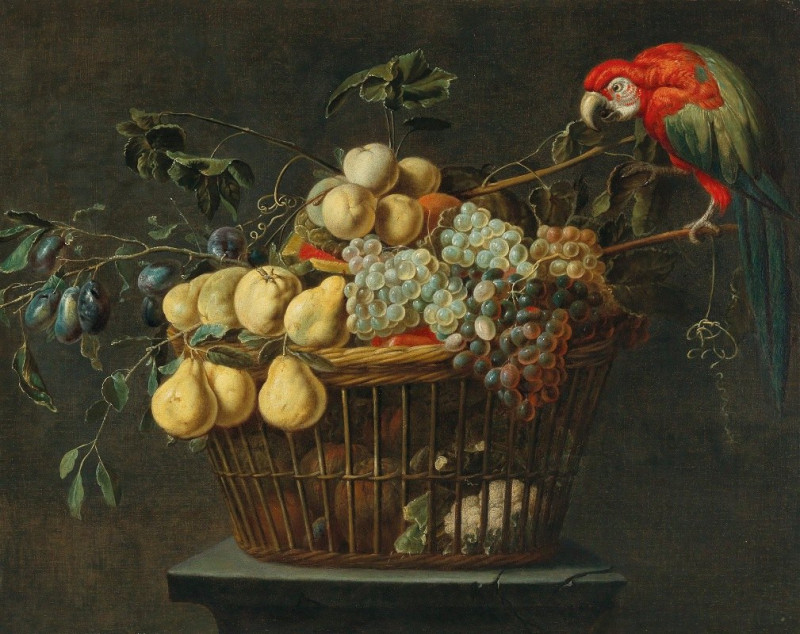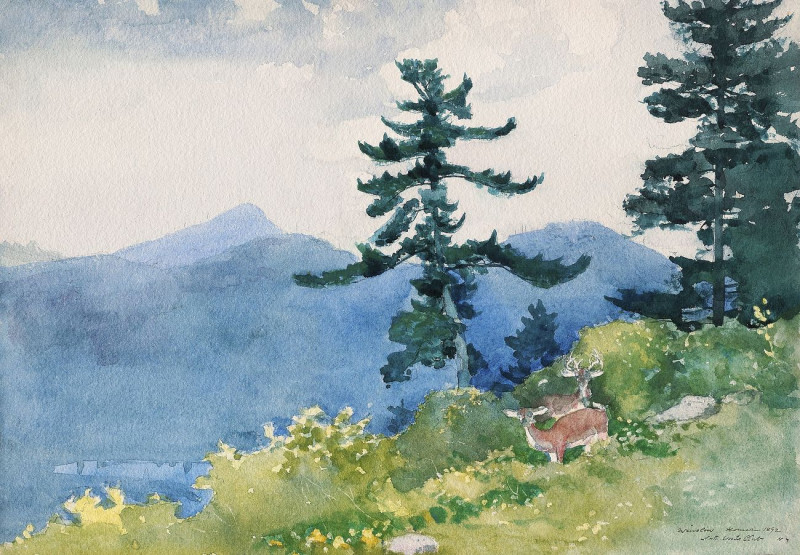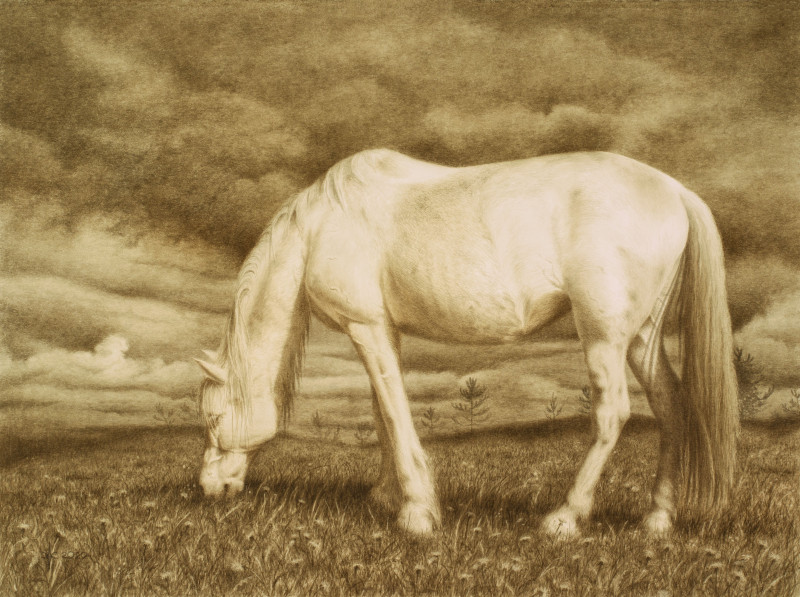Wounded Brigand (Roman Shepherd) (1825)
Technique: Giclée quality print
Recommended by our customers
More about this artwork
"Wounded Brigand (Roman Shepherd)" by Eugène Delacroix (1825) presents a scene that embodies the intensity and pathos typical of Romanticism, a movement in which Delacroix was a leading figure. This striking painting captures the tragic figure of a wounded man sprawled across a wild, desolate landscape. His position is one of despair and exhaustion as he lies face down, his arm extended toward a small pool of water, symbolizing perhaps a last, futile reach for life.The use of light and shadow, combined with a vivid color palette, accentuates the emotional intensity of the scene. The warm hues of the man’s clothing—a white shirt stained with blood and a richly colored red garment—contrast sharply with the cold, barren landscape around him. Delacroix's brushstrokes convey a sense of urgency and rawness, enhancing the drama of the moment.This masterpiece, while showcasing Delacroix's skill in portraying human suffering, also invites viewers to reflect upon themes of vulnerability, defeat, and the harsh realities of human existence.
Delivery
Reproductions are made to order and take 5 to 7 working days.
We send them out by courier and delivery takes another two working days.
If you need a reproduction sooner, please contact us - we can usually find a solution and produce it a little faster.
If you don't want to pay for postage, you can pick up your paintings at our galleries in Kaunas or Vilnius.
Returns
Yes, reproductions can be returned.
If you have any doubts more than 30 days after the date of purchase, please contact us - we will take the reproduction back for a refund or offer you a replacement!
We accept a maximum of two returns per customer - please note that we make reproductions to order, so please choose responsibly.
We do not refund shipping expenses.


